
How to Use Sensor_SO2-NO2: Examples, Pinouts, and Specs
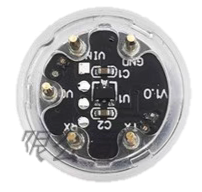
 Design with Sensor_SO2-NO2 in Cirkit Designer
Design with Sensor_SO2-NO2 in Cirkit DesignerIntroduction
The Sensor_SO2-NO2 is a highly sensitive and reliable electronic component designed to detect and measure the concentrations of sulfur dioxide (SO2) and nitrogen dioxide (NO2) in the air. It is widely used in environmental monitoring systems, air quality assessment devices, and industrial safety applications. This sensor provides accurate readings of harmful gases, making it an essential tool for ensuring public health and environmental safety.
Explore Projects Built with Sensor_SO2-NO2
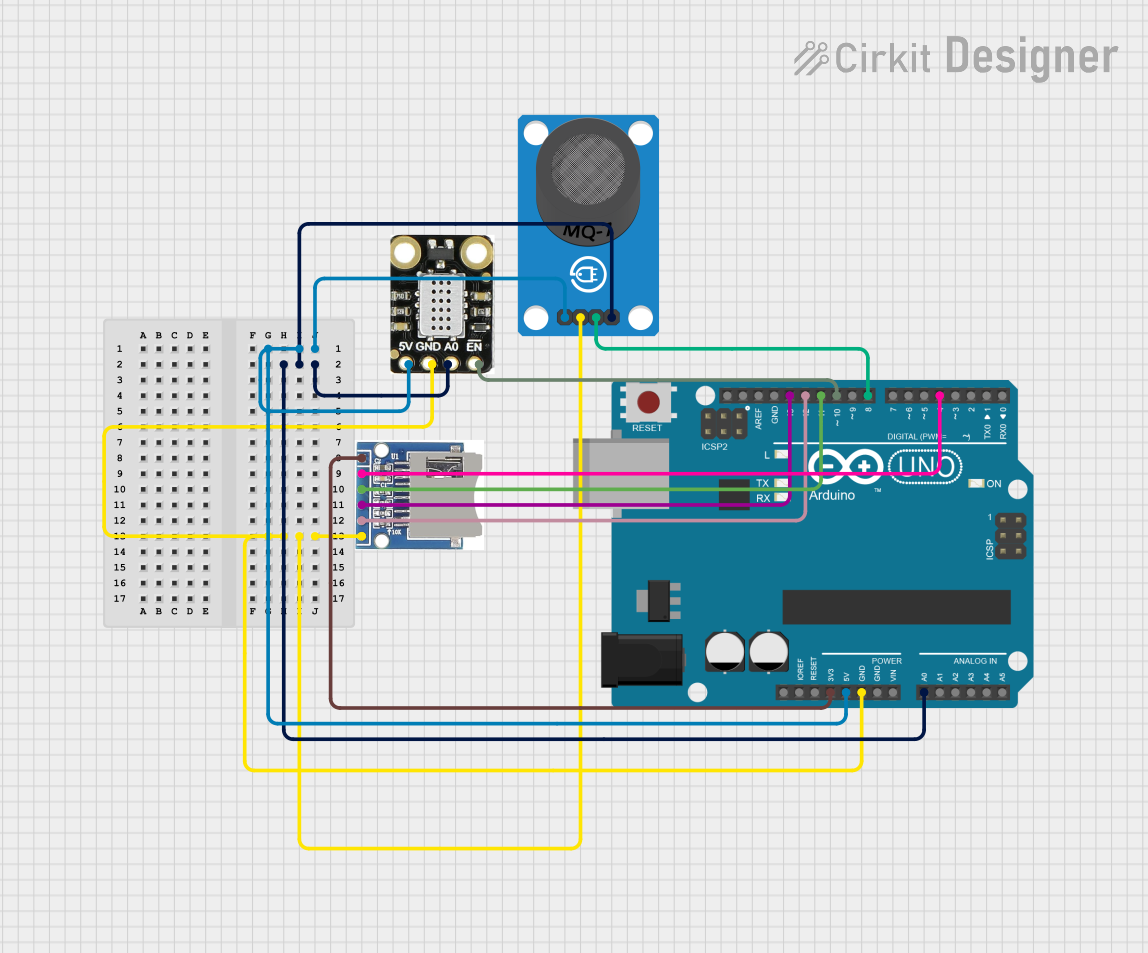
 Open Project in Cirkit Designer
Open Project in Cirkit Designer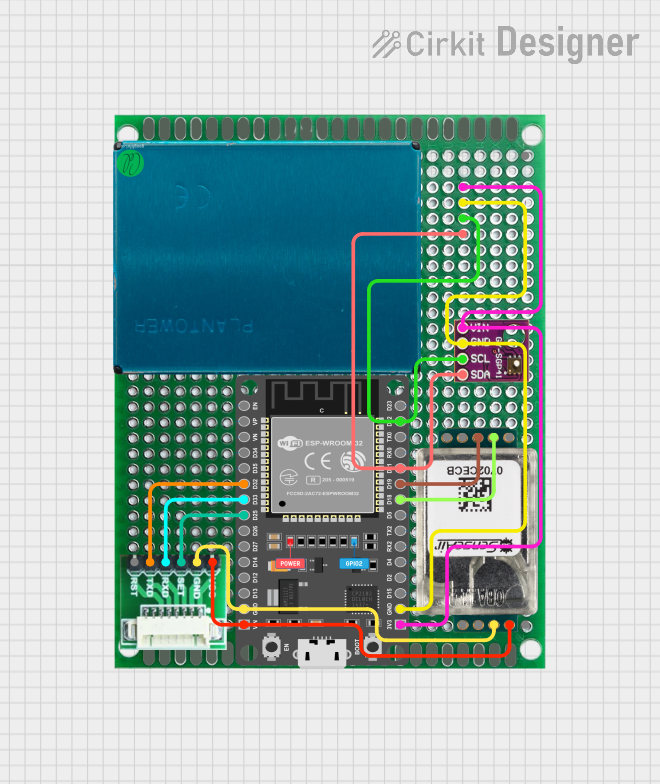
 Open Project in Cirkit Designer
Open Project in Cirkit Designer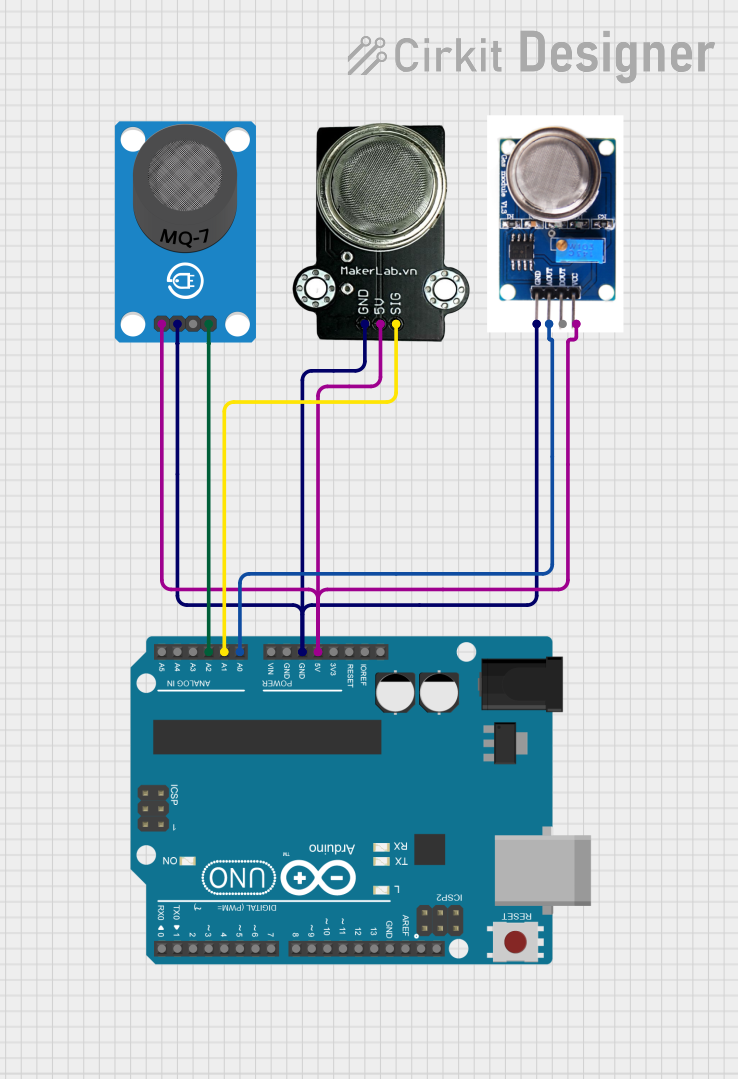
 Open Project in Cirkit Designer
Open Project in Cirkit Designer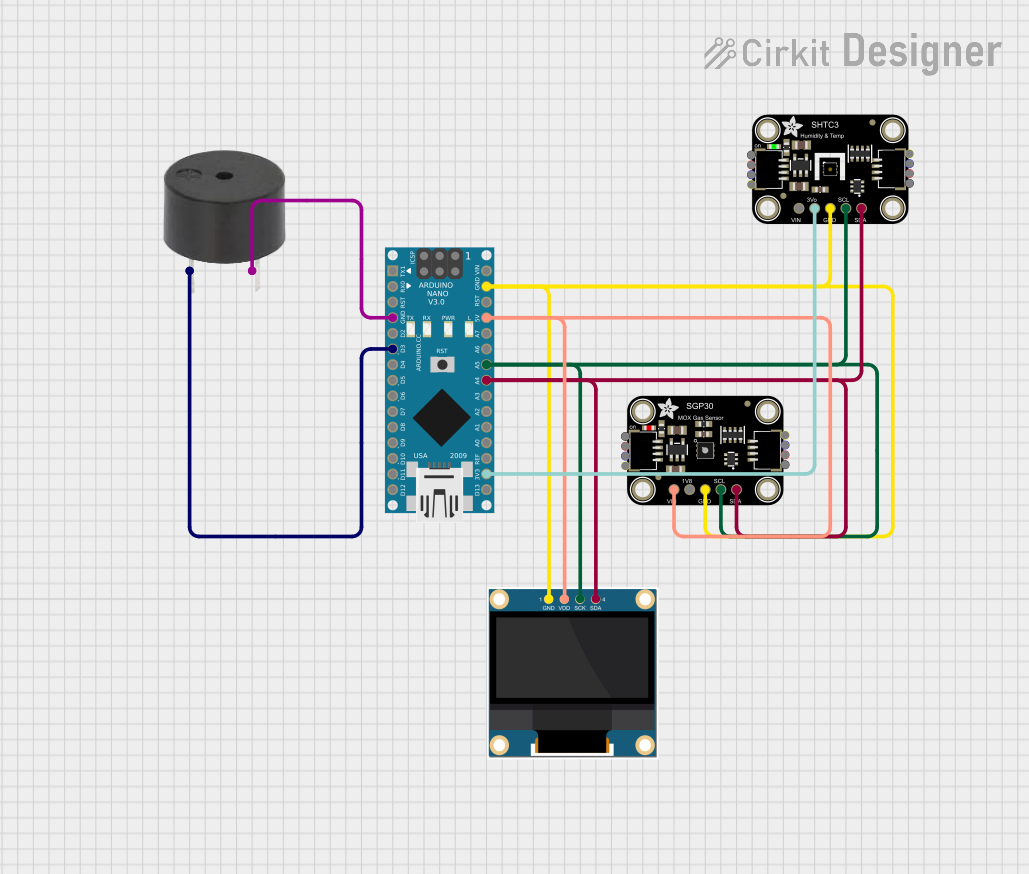
 Open Project in Cirkit Designer
Open Project in Cirkit DesignerExplore Projects Built with Sensor_SO2-NO2

 Open Project in Cirkit Designer
Open Project in Cirkit Designer
 Open Project in Cirkit Designer
Open Project in Cirkit Designer
 Open Project in Cirkit Designer
Open Project in Cirkit Designer
 Open Project in Cirkit Designer
Open Project in Cirkit DesignerCommon Applications and Use Cases
- Air quality monitoring stations
- Industrial emission control systems
- Smart city environmental monitoring
- Personal air quality monitoring devices
- Research and development in environmental sciences
Technical Specifications
The Sensor_SO2-NO2 is designed to operate efficiently in a variety of environments. Below are its key technical details:
General Specifications
| Parameter | Value |
|---|---|
| Target Gases | Sulfur Dioxide (SO2), Nitrogen Dioxide (NO2) |
| Measurement Range | SO2: 0–20 ppm, NO2: 0–10 ppm |
| Sensitivity | SO2: 0.5–1.5 µA/ppm, NO2: 0.2–0.8 µA/ppm |
| Operating Voltage | 3.3V–5V |
| Operating Temperature | -20°C to 50°C |
| Operating Humidity | 15%–90% RH (non-condensing) |
| Response Time | < 30 seconds |
| Lifetime | > 2 years |
| Output Signal | Analog |
Pin Configuration and Descriptions
The Sensor_SO2-NO2 typically comes with a 4-pin interface. The pin configuration is as follows:
| Pin Number | Pin Name | Description |
|---|---|---|
| 1 | VCC | Power supply input (3.3V–5V) |
| 2 | GND | Ground connection |
| 3 | AOUT_SO2 | Analog output for SO2 concentration |
| 4 | AOUT_NO2 | Analog output for NO2 concentration |
Usage Instructions
How to Use the Sensor in a Circuit
- Power the Sensor: Connect the
VCCpin to a 3.3V or 5V power source and theGNDpin to the ground of your circuit. - Read Analog Outputs:
- Connect the
AOUT_SO2pin to an analog input pin of your microcontroller to measure SO2 concentration. - Similarly, connect the
AOUT_NO2pin to another analog input pin to measure NO2 concentration.
- Connect the
- Calibrate the Sensor: Allow the sensor to warm up for 5–10 minutes after powering it on to ensure accurate readings.
- Process the Data: Use the microcontroller to convert the analog signals into meaningful gas concentration values using the sensor's sensitivity specifications.
Important Considerations and Best Practices
- Avoid Condensation: Ensure the sensor is not exposed to high humidity or condensation, as this may affect its performance.
- Placement: Install the sensor in a location with good airflow for accurate gas detection.
- Calibration: Periodically calibrate the sensor using a known gas concentration to maintain accuracy.
- Power Supply: Use a stable power source to avoid fluctuations in the sensor's output.
Example: Connecting to an Arduino UNO
Below is an example of how to connect and read data from the Sensor_SO2-NO2 using an Arduino UNO:
Circuit Connections
- Connect
VCCto the 5V pin on the Arduino. - Connect
GNDto the GND pin on the Arduino. - Connect
AOUT_SO2to the A0 pin on the Arduino. - Connect
AOUT_NO2to the A1 pin on the Arduino.
Arduino Code
// Define the analog input pins for the sensor outputs
const int SO2_Pin = A0; // Pin connected to AOUT_SO2
const int NO2_Pin = A1; // Pin connected to AOUT_NO2
void setup() {
Serial.begin(9600); // Initialize serial communication
Serial.println("Sensor_SO2-NO2 Initialization...");
}
void loop() {
// Read analog values from the sensor
int SO2_Value = analogRead(SO2_Pin);
int NO2_Value = analogRead(NO2_Pin);
// Convert analog values to voltage (assuming 5V reference)
float SO2_Voltage = SO2_Value * (5.0 / 1023.0);
float NO2_Voltage = NO2_Value * (5.0 / 1023.0);
// Display the readings on the serial monitor
Serial.print("SO2 Voltage: ");
Serial.print(SO2_Voltage);
Serial.println(" V");
Serial.print("NO2 Voltage: ");
Serial.print(NO2_Voltage);
Serial.println(" V");
delay(1000); // Wait for 1 second before the next reading
}
Troubleshooting and FAQs
Common Issues and Solutions
No Output Signal:
- Cause: Incorrect wiring or insufficient power supply.
- Solution: Double-check the connections and ensure the power supply is stable.
Inaccurate Readings:
- Cause: Sensor not warmed up or requires calibration.
- Solution: Allow the sensor to warm up for 5–10 minutes and perform calibration.
Fluctuating Output:
- Cause: Electrical noise or unstable power supply.
- Solution: Use decoupling capacitors near the sensor's power pins to reduce noise.
Sensor Not Responding:
- Cause: Sensor may have reached the end of its lifetime.
- Solution: Replace the sensor if it has been in use for over 2 years.
FAQs
Q1: Can the Sensor_SO2-NO2 detect other gases?
A1: No, this sensor is specifically designed to detect SO2 and NO2. It may not provide accurate readings for other gases.
Q2: How often should I calibrate the sensor?
A2: Calibration frequency depends on usage, but it is recommended to calibrate every 3–6 months for optimal accuracy.
Q3: Can I use this sensor outdoors?
A3: Yes, but ensure it is protected from direct exposure to rain or extreme humidity.
Q4: What is the warm-up time for the sensor?
A4: The sensor requires 5–10 minutes of warm-up time after powering on to provide accurate readings.